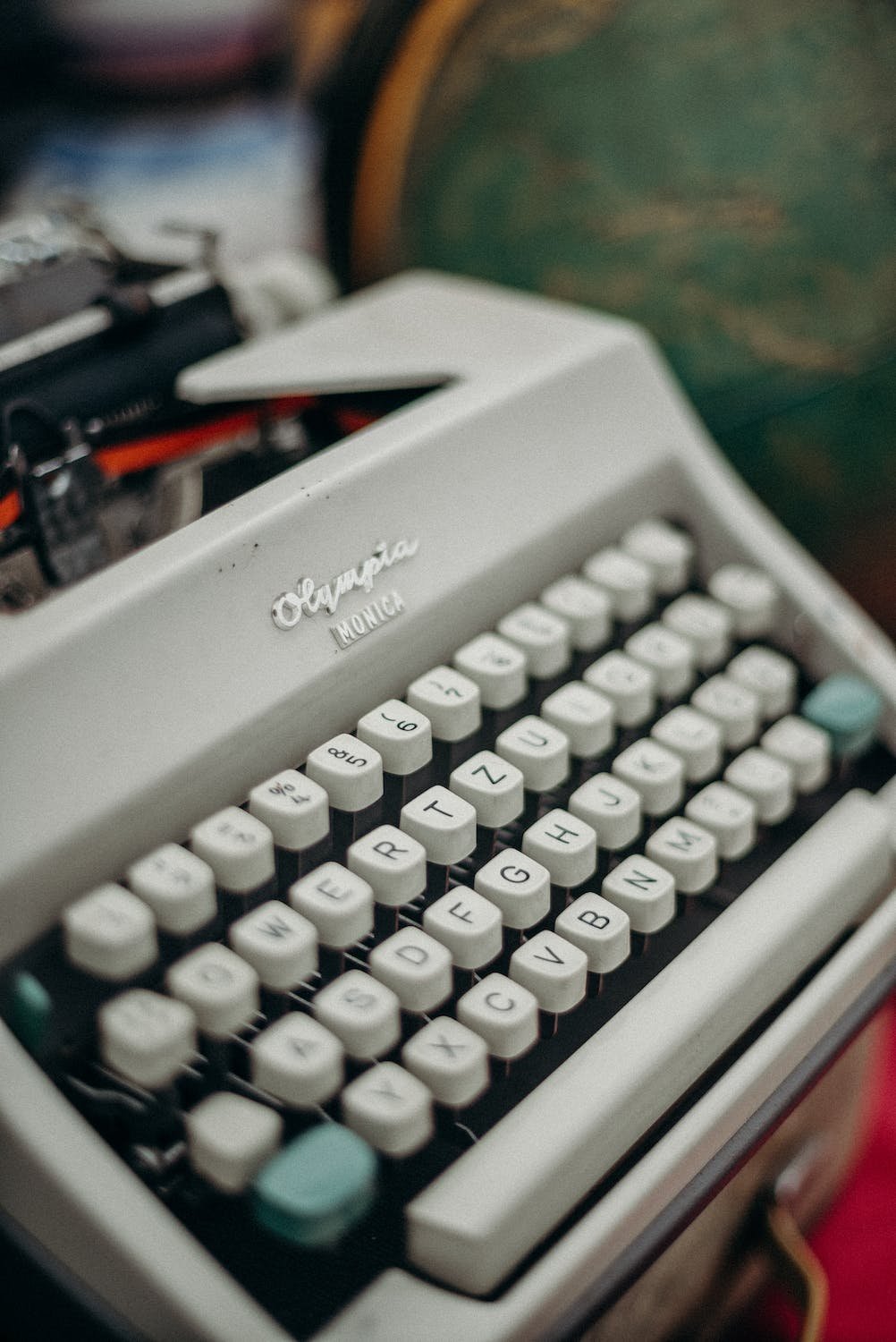Pulling Ourselves Together: How Building Our Timelines Can Help Us Remember Our Stories
So you want to write a memoir but are lost on how to get started. You have lived such a long life - eras, even. How do you even begin?
My advice?
Begin right where you are, with the time you have. If you’re inspired to write a specific story, great - start there. If you don’t know where to start, boy do I have a project for you.
So you want to write a memoir but are lost on how to get started. You have lived such a long life - eras, even. How do you even begin?
My advice?
Begin right where you are, with the time you have. If you’re inspired to write a specific story, great - start there. If you don’t know where to start, boy do I have a project for you.
First, I have to tell you that you are not not a writer if inspiration isn’t hitting you square in the face. Inspiration only hits at the most inopportune times – when we’re changing a diaper or driving a car or working on another project – every other time, we’re just sitting down and doing the work.
So here’s your sign to begin. Your invitation to get started on that memoir.
Start by Creating a Timeline
There are two kinds of writers.
“Pantsers” fly through their stories “by the seats their pants,” whereas “planners” plan their work ahead of time by making outlines. Most of us are a combination of the two. No one is a planner when inspiration strikes, but what’s a writer to do when inspiration abandons them?
You create a plan. Or, if you’ve created one already, you return to it.
The plan is your map. Your compass. The plan knows your stories. The plan knows what’s next.
When writing a memoir, the plan is your timeline.
In the personal story class, we start with a blank spreadsheet, and create columns for the year, the place, the event and your memories of the event. It looks like this:
Then, we travel back in time, jotting down the years, the places, the events and our memories, filling in the gaps to the best of our abilities.
You might even travel back to the time before your birth, writing down where your parents were, and how they met. In this case, your memories are inherited. They’re not yours, but they live inside you, just as your experienced memories do.
Here are mine, from the first few years of my life. I’ve blacked out the details that are private, which is a lesson I very much want to impart: Your story belongs to you. You can share it with whomever you want to, but you don’t owe it to anyone. (People write their stories for many different reasons. There is no wrong way to do this!) </rant>
You can go on and on in this way, noting the year, the place, the event and the memory. Think of it like playing Tetris, filling in the gaps of your life.
Writing Your Memoir from the Timeline
Not every event or memory will make it into your memoir. The timeline is, after all, just a plan. It’s a place to begin.
Once your timeline is complete, you can begin writing from where you are, by opening up a word doc and putting those memories down on paper and building a narrative around them.
In the personal writing class, we next look at narrative elements – the characters, stories and details that have made our lives so rich. This is where our stories begin to leap off the page, moving from our imaginations and into concrete form.
If you’re interested in these topics, please consider taking a class. You can use the code Blog20 for 20% off any of my classes.
How Writers Find Time to Write
When I was expecting my daughter, I put a baby swing in my office with the idea that she would happily swing away while I happily wrote. Anyone who has ever raised a human knows that that is not what happened. She liked the swing well enough but not for the hours I needed to get anything done. And holding her in the Baby Bjorn while I typed was equally as foolhardy.
When I was expecting my daughter, I put a baby swing in my office with the idea that she would happily swing away while I happily wrote. Anyone who has ever raised a human knows that that is not what happened. She liked the swing well enough but not for the hours I needed to get anything done. And holding her in the Baby Bjorn while I typed was equally as foolhardy.
Now she’s in school and I’m lucky enough to go back to my favorite time to write - in the middle of everyone else’s work day. But I wasn’t always this lucky.
When I worked full time, I wrote on the weekends, every weekend. I once watched someone jog down the street and thought, I would do that too, if only I wasn’t writing. Riiiiiight.
The thing is, nobody has to do this. Nobody has to write. But if you are called to do it, there are ways to find space in your life for your writing projects.
Live for the Weekend
For many years I was a weekend writer (and a day job editor). It was the #1 thing I did with my time. It was my Saturday and Sunday while everyone else was at the beach, or the gym and having #SundayFundays. I was having fun too. In a room, by myself, making things up.
See, I need to lose myself in my story and I need big chunks of time with which to do that.
Wake Up Early
There’s a reason #5amwritersclub is a thing, and for a while I joined these hearty souls. I would wake up at four and make a cup of tea and sleepily head to my office. There’s a part of The Other Side of Everything where Amy paints through the night. The details came directly from my experience writing at dawn.
Four hours in, Amy’s back hurt. Her wrist was cramped and her fingers felt arthritic. It was still dark, but she could hear the sound of the highway, and, minutes later, of birdsong. It was as though someone had cranked up the volume on the day. In an hour, the sun would push fully into view.
Write Between Gaps in Time
The poet and anthropologist Marion Lougheed tells me captures doesn’t wait for the big chunks of time.
Writing makes me feel more emotionally well, so I prioritize it as much as my tired brain allows. I will write in small bits. I don't wait until I'll have an hour or more. Little bits can add up.
I also write between the gaps. Usually this looks like sitting down on a bench during my morning walk, and typing into my notes app; or writing in my notes app while in line during school pick up. My notes app is full of the beginnings of short stories of essays that I will write when I’m able to make time for them.
Write Like Its Your Job
There’s a privilege here, to be sure. And some working writers will only get here after retiring from their day jobs. But if you are called to write, and you have time during the day, this is how you do it. Set aside time for writing, either in a favorite chair with a legal pad (the novelist Jennifer Egan famously writes on a legal pad), or in a chair, at a desk, tapping away on a keyboard as I do.
Set aside hours for losing yourself inside your story. This is not the only way, as you can see, but it is a great way to do it.





